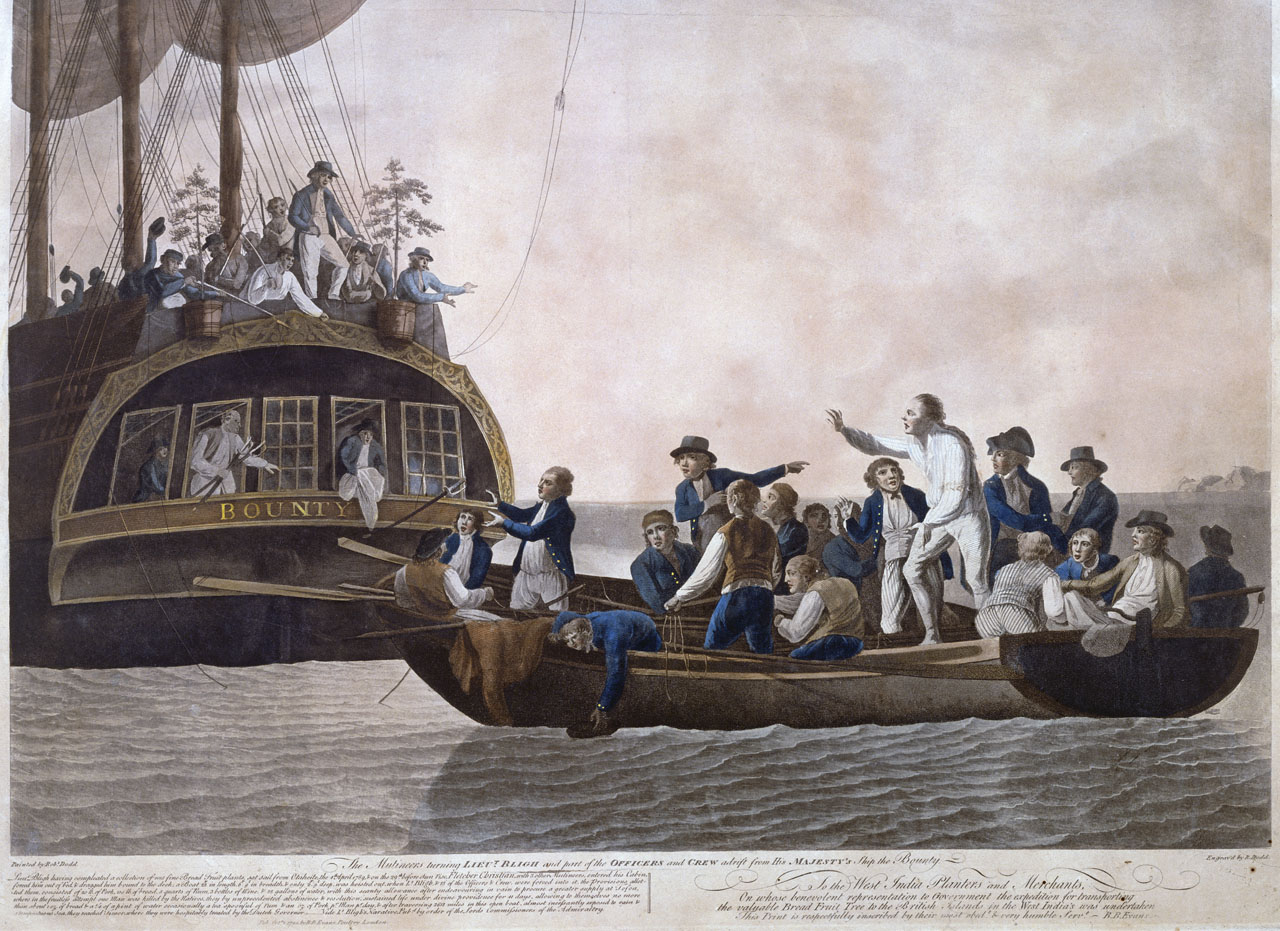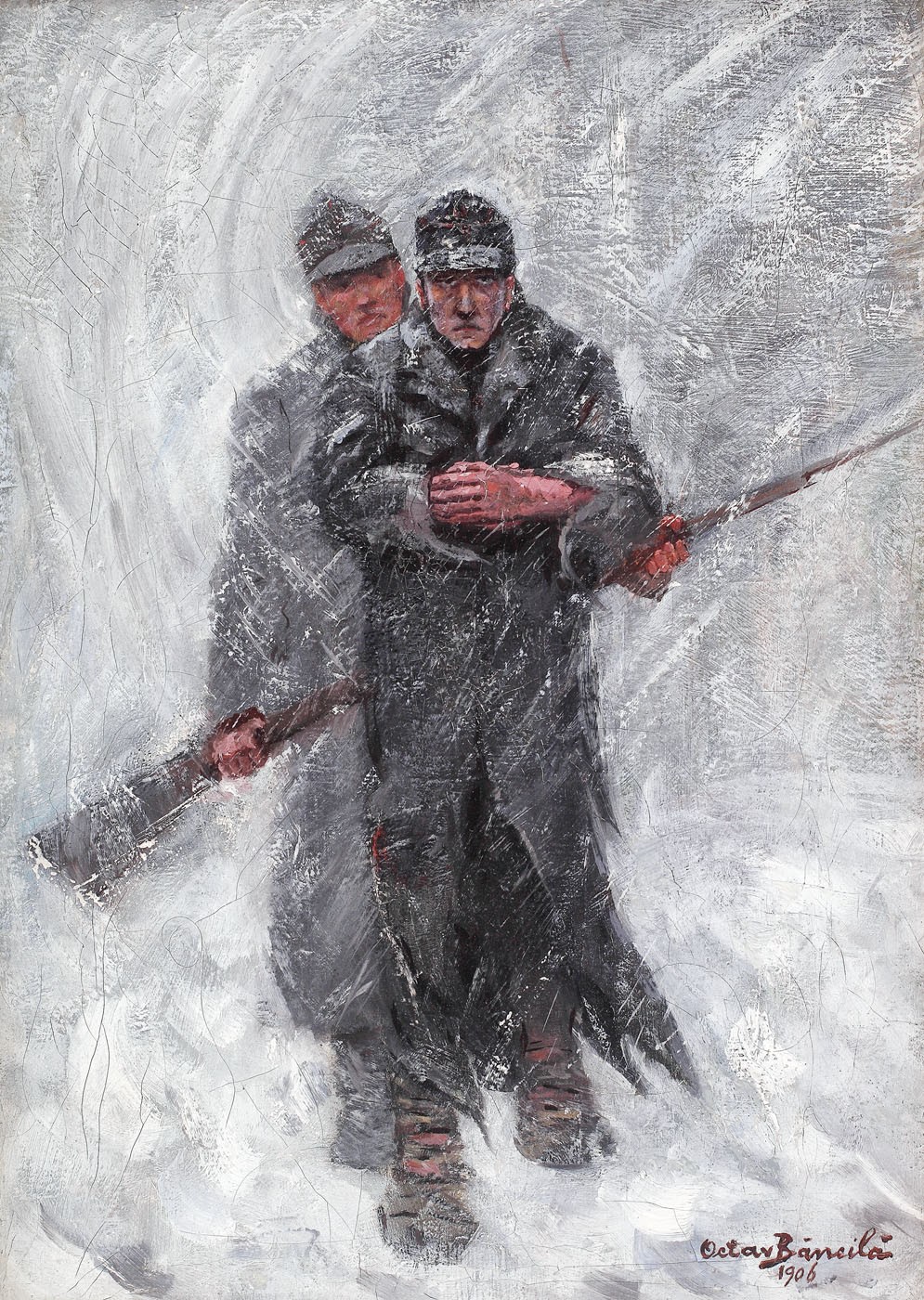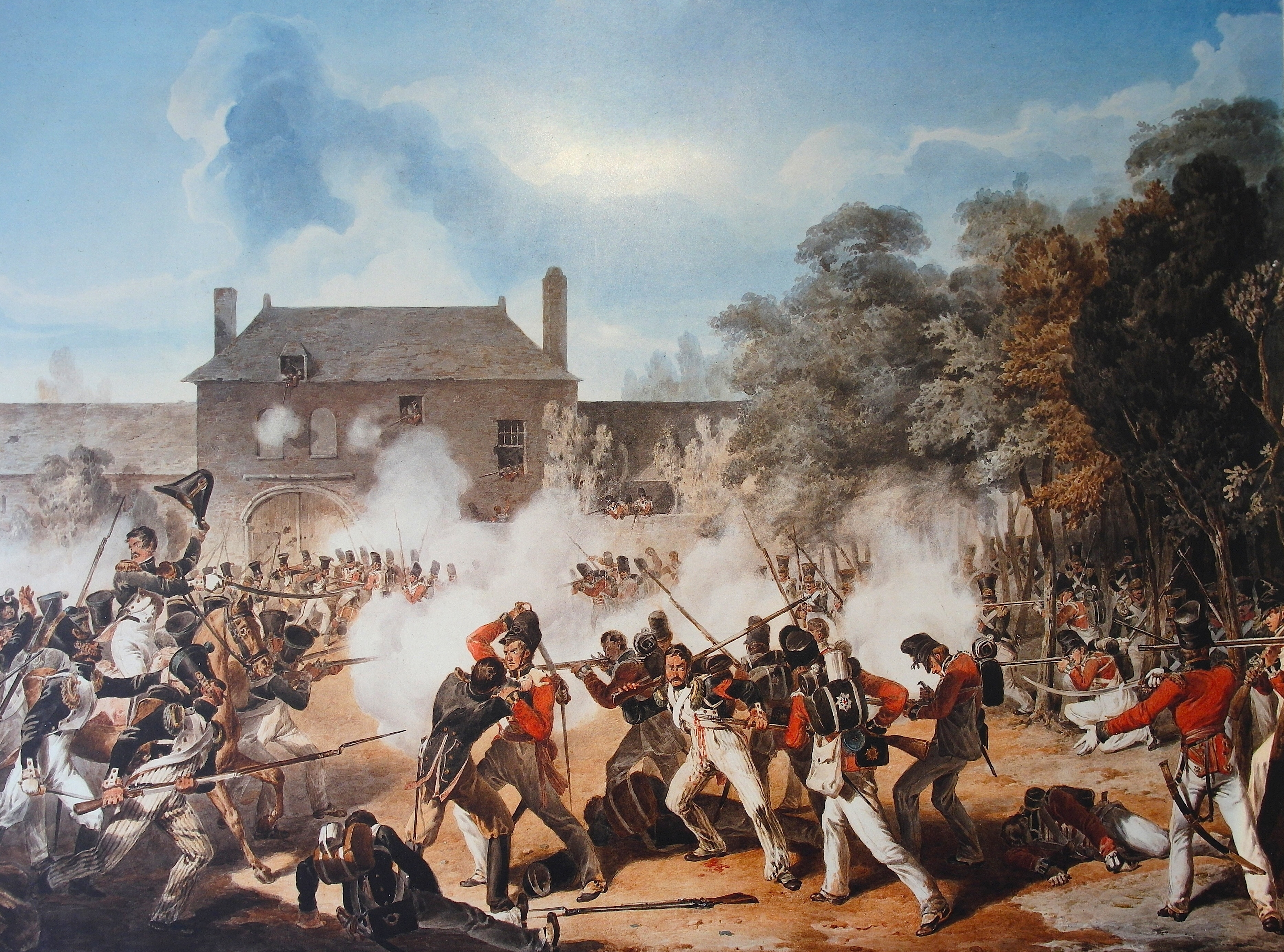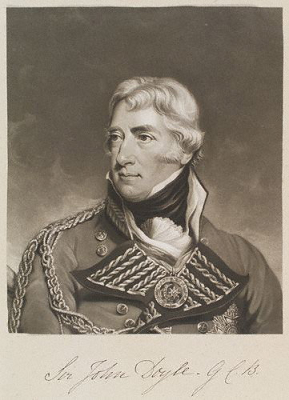|
Wormhoudt Communal Cemetery
Wormhout cemetery (french: Cimetière de Wormhout; nl, Begraafplaats van Wormhout) is a communal cemetery of Wormhout in the French department Nord. The site is located 700 metres north of the centre (municipal hall) at the Cours N4 du Cimetière. British war graves A Commonwealth military burial site is located in the northeastern corner of the cemetery and includes 113 identified and 31 non-identified victims of the Second World War. These victims mainly died in May 1940 during the withdrawal of the British Expeditionary Force to Dunkirk. Moreover, the site includes the Cross of Sacrifice. Four British casualties of the First World War are buried between civilians' graves. The graves are administered by the Commonwealth War Graves Commission and are registered under ''Wormhoudt Communal Cemetery''. Graves *''Cyril Hugh Joseph Chichester-Constable '' and ''James Edward Weeks Rance'', both majors at the Royal Warwickshire Regiment and ''Mervyn Ashley Edwards'', second li ... [...More Info...] [...Related Items...] OR: [Wikipedia] [Google] [Baidu] |
World War I
World War I (28 July 1914 11 November 1918), often abbreviated as WWI, was List of wars and anthropogenic disasters by death toll, one of the deadliest global conflicts in history. Belligerents included much of Europe, the Russian Empire, the United States, and the Ottoman Empire, with fighting occurring throughout Europe, the Middle East, Africa, the Pacific Ocean, Pacific, and parts of Asia. An estimated 9 million soldiers were killed in combat, plus another 23 million wounded, while 5 million civilians died as a result of military action, hunger, and disease. Millions more died in Genocides in history (World War I through World War II), genocides within the Ottoman Empire and in the Spanish flu, 1918 influenza pandemic, which was exacerbated by the movement of combatants during the war. Prior to 1914, the European great powers were divided between the Triple Entente (comprising French Third Republic, France, Russia, and British Empire, Britain) and the Triple A ... [...More Info...] [...Related Items...] OR: [Wikipedia] [Google] [Baidu] |
Royal Artillery
The Royal Regiment of Artillery, commonly referred to as the Royal Artillery (RA) and colloquially known as "The Gunners", is one of two regiments that make up the artillery arm of the British Army. The Royal Regiment of Artillery comprises thirteen Regular Army regiments, King's Troop, Royal Horse Artillery, the King's Troop Royal Horse Artillery and five Army Reserve (United Kingdom), Army Reserve regiments. History Formation to 1799 Artillery was used by the English army as early as the Battle of Crécy in 1346, while Henry VIII established it as a semi-permanent function in the 16th century. Until the early 18th century, the majority of British regiments were raised for specific campaigns and disbanded on completion. An exception were gunners based at the Tower of London, Portsmouth and other forts around Britain, who were controlled by the Ordnance Office and stored and maintained equipment and provided personnel for field artillery Artillery is a class of heav ... [...More Info...] [...Related Items...] OR: [Wikipedia] [Google] [Baidu] |
Cemeteries In Nord (French Department)
A cemetery, burial ground, gravesite or graveyard is a place where the remains of dead people are buried or otherwise interred. The word ''cemetery'' (from Greek , "sleeping place") implies that the land is specifically designated as a burial ground and originally applied to the Roman catacombs. The term ''graveyard'' is often used interchangeably with cemetery, but a graveyard primarily refers to a burial ground within a churchyard. The intact or cremated remains of people may be interred in a grave, commonly referred to as burial, or in a tomb, an "above-ground grave" (resembling a sarcophagus), a mausoleum, columbarium, niche, or other edifice. In Western cultures, funeral ceremonies are often observed in cemeteries. These ceremonies or rites of passage differ according to cultural practices and religious beliefs. Modern cemeteries often include crematoria, and some grounds previously used for both, continue as crematoria as a principal use long after the interment areas h ... [...More Info...] [...Related Items...] OR: [Wikipedia] [Google] [Baidu] |
Commonwealth War Graves Commission Cemeteries In France
A commonwealth is a traditional English term for a political community founded for the common good. Historically, it has been synonymous with " republic". The noun "commonwealth", meaning "public welfare, general good or advantage", dates from the 15th century. Originally a phrase (the common-wealth or the common wealth – echoed in the modern synonym "public wealth"), it comes from the old meaning of "wealth", which is "well-being", and is itself a loose translation of the Latin res publica (republic). The term literally meant "common well-being". In the 17th century, the definition of "commonwealth" expanded from its original sense of "public welfare" or " commonweal" to mean "a state in which the supreme power is vested in the people; a republic or democratic state". The term evolved to become a title to a number of political entities. Three countries – Australia, the Bahamas, and Dominica – have the official title "Commonwealth", as do four U.S. states and two U.S. t ... [...More Info...] [...Related Items...] OR: [Wikipedia] [Google] [Baidu] |
Mutiny
Mutiny is a revolt among a group of people (typically of a military, of a crew or of a crew of Piracy, pirates) to oppose, change, or overthrow an organization to which they were previously loyal. The term is commonly used for a rebellion among members of the military against an internal force, but it can also sometimes mean any type of rebellion against any force. Mutiny does not necessarily need to refer to a military force and can describe a political, economic, or power structure in which there is a Revolution, change of power. During the Age of Discovery, mutiny particularly meant open rebellion against a ship's Captain (nautical), captain. This occurred, for example, during Ferdinand Magellan's journeys around the world, resulting in the killing of one mutineer, the Capital punishment, execution of another, and the marooning of others; on Henry Hudson's ''Discovery'', resulting in Hudson and others being set adrift in a boat; and the notorious mutiny on the Bounty, mutiny ... [...More Info...] [...Related Items...] OR: [Wikipedia] [Google] [Baidu] |
Murder
Murder is the unlawful killing of another human without justification or valid excuse, especially the unlawful killing of another human with malice aforethought. ("The killing of another person without justification or excuse, especially the crime of killing a person with malice aforethought or with recklessness manifesting extreme indifference to the value of human life.") This state of mind may, depending upon the jurisdiction, distinguish murder from other forms of unlawful homicide, such as manslaughter. Manslaughter is killing committed in the absence of ''malice'',This is "malice" in a technical legal sense, not the more usual English sense denoting an emotional state. See malice (law). brought about by reasonable provocation, or diminished capacity. ''Involuntary'' manslaughter, where it is recognized, is a killing that lacks all but the most attenuated guilty intent, recklessness. Most societies consider murder to be an extremely serious crime, and thus that a ... [...More Info...] [...Related Items...] OR: [Wikipedia] [Google] [Baidu] |
Armed Forces Act 2006
The Armed Forces Act 2006 (c 52) is an Act of the Parliament of the United Kingdom. It came into force on 31 October 2006. It replaces the three separate Service Discipline Acts (the Army Act 1955, the Air Force Act 1955 and the Naval Discipline Act 1957) as the system of military justice under which the British Armed Forces operate. The Armed Forces Act harmonizes service law between the three armed services. One motivating factor behind the changes in the legislation combining discipline acts across the armed forces is the trend towards tri-service operations and defence organizations. The Act also granted a symbolic pardon to soldiers controversially executed for cowardice and other offences during the World War I. Key changes Key areas of change include: * Summary Discipline: Summary hearing and the role of the Commanding Officer is retained at the heart of Service discipline and is the mechanism by which most offences are dealt. Summary offences and powers are ha ... [...More Info...] [...Related Items...] OR: [Wikipedia] [Google] [Baidu] |
Desertion
Desertion is the abandonment of a military duty or post without permission (a pass, liberty or leave) and is done with the intention of not returning. This contrasts with unauthorized absence (UA) or absence without leave (AWOL ), which are temporary forms of absence. Desertion versus absence without leave In the United States Army, United States Air Force, British Armed Forces, Australian Defence Force, New Zealand Defence Force, Singapore Armed Forces and Canadian Armed Forces, military personnel will become AWOL if absent from their post without a valid pass, liberty or leave. The United States Marine Corps, United States Navy, and United States Coast Guard generally refer to this as unauthorized absence. Personnel are dropped from their unit rolls after thirty days and then listed as ''deserters''; however, as a matter of U.S. military law, desertion is not measured by time away from the unit, but rather: * by leaving or remaining absent from their unit, o ... [...More Info...] [...Related Items...] OR: [Wikipedia] [Google] [Baidu] |
Coldstream Guards
The Coldstream Guards is the oldest continuously serving regular regiment in the British Army. As part of the Household Division, one of its principal roles is the protection of the monarchy; due to this, it often participates in state ceremonial occasions. The Regiment has consistently provided formations on deployments around the world and has fought in the majority of the major conflicts in which the British Army has been engaged. The Regiment has been in continuous service and has never been amalgamated. It was formed in 1650 as 'Monck's Regiment of Foot' and was then renamed 'The Lord General's Regiment of Foot Guards' after the restoration in 1660. With Monck's death in 1670 it was again renamed 'The Coldstream Regiment of Foot Guards' after the location in Scotland from which it marched to help restore the monarchy in 1660. Its name was again changed to 'The Coldstream Guards' in 1855 and this is still its present title. Today, the Regiment consists of: Regimental Head ... [...More Info...] [...Related Items...] OR: [Wikipedia] [Google] [Baidu] |
North Irish Horse
The North Irish Horse was a yeomanry unit of the United Kingdom, British Army Reserve (United Kingdom), Territorial Army raised in the northern counties of Ireland in the aftermath of the Second Boer War. Raised and patronised by the nobility from its inception to the present day, it was one of the first non-regular units to be deployed to France and the Low Countries with the British Expeditionary Force (World War I), British Expeditionary Force in 1914 during World War I and fought with distinction both as mounted troops and later as a cyclist regiment, achieving eighteen battle honours. The regiment was reduced to a single man in the inter war years and re-raised for World War II, when it achieved its greatest distinctions in the Tunisia Campaign, North African and Italian Campaign (World War II), Italian campaigns. Reduced again after the Cold War, the regiment's name still exists in B (North Irish Horse) Squadron, the Scottish and North Irish Yeomanry and 40 (North Irish Hors ... [...More Info...] [...Related Items...] OR: [Wikipedia] [Google] [Baidu] |
Royal Armoured Corps
The Royal Armoured Corps is the component of the British Army, that together with the Household Cavalry provides its armour capability, with vehicles such as the Challenger 2 Tank and the Scimitar Reconnaissance Vehicle. It includes most of the Army's armoured regiments, both the Royal Tank Regiment and those converted from old horse cavalry regiments.Forty p. 63. Today it comprises twelve regiments, eight regular and four reserve. Although the Household Cavalry Regiment (the Life Guards and the Blues and Royals) provide an armoured regiment, they are not part of the RAC. History The RAC was created on 4 April 1939, just before World War II started, by combining regiments from the cavalry of the line which had mechanised with the Royal Tank Corps (renamed Royal Tank Regiment). As the war went on and other regular cavalry and Territorial Army Yeomanry units became mechanised, the corps was enlarged. A significant number of infantry battalions also converted to the armoured ... [...More Info...] [...Related Items...] OR: [Wikipedia] [Google] [Baidu] |
12th Royal Lancers
The 12th (Prince of Wales's) Royal Lancers was a cavalry regiment of the British Army first formed in 1715. It saw service for three centuries, including the First World War and the Second World War. The regiment survived the immediate post-war reduction in forces, but was slated for reduction in the 1957 Defence White Paper, and was amalgamated with the 9th Queen's Royal Lancers to form the 9th/12th Royal Lancers (Prince of Wales's) in 1960. History Early wars The regiment of dragoons was raised in Reading by Brigadier-General Phineas Bowles as the Phineas Bowles's Regiment of Dragoons in July 1715 as part of the response to the Jacobite rebellion. It was employed escorting prisoners to London later in the year. In 1718, the regiment was placed on the Irish establishment and posted to Ireland, where it remained for 75 years. In 1751, the regiment was officially styled the 12th Dragoons. In 1768, King George III bestowed the badge of the three ostrich feathers and the mot ... [...More Info...] [...Related Items...] OR: [Wikipedia] [Google] [Baidu] |





